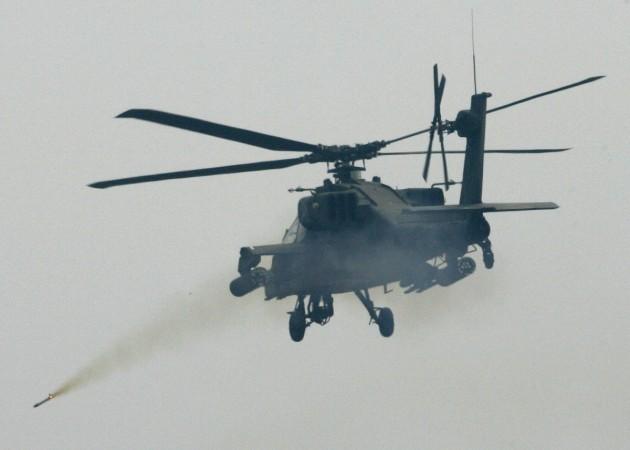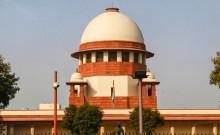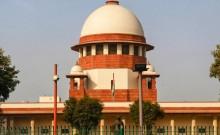
The Indian Army is devising a 10-year modernisation plan for its Aviation Corps to induct around 350 helicopters. The long-pending is expected to pick up pace in the coming years with the Army planning to include the indigenous Light Combat Helicopter and the battle-proven Apache.
One of the largest forces in the world plans to increase surveillance features of the choppers already in the Aviation Corps' inventory, with the induction of the Remotely Piloted Aircraft System (RPAS), The Print reported.
As per the sources, the Army is planning to procure two kinds of utility choppers and three combat helicopters. Rudra, the armed version of the Advanced Light Helicopter 'Dhruv', is expected to be inducted within one year. Further, the light combat helicopter (LCH) is to be inducted within seven to 10 years.
Moreover, Army is also eyeing 200 Russian-made Kamov Ka-226s which have capabilities of reconnaissance and observation that are likely to be inducted within 10 years under an inter-government agreement between Indian and Russian agreement.

The Army also has plans to procure US-made six Apache choppers by 2021 and an additional squadron of ALH Dhruv. The HAL made Dhruv has a unique capability of flying over all terrains in India, including high altitudes. Army sources argued that the plan of induction 350 choppers are going to a game-changer in future conflicts, and they would be put into action in a time-bound manner.
The source added, "More emphasis is being put on prioritisation, rationalisation, and economy of expenditure. Greater value for money is being achieved by encouraging procurements from indigenous sources in support of the government's Make in India initiative."
The officer further added that the transfer of the RPAS to the Aviation Corps would provide the army with a detailed surveillance picture, utilising both manned and unmanned platforms. "The operation of these assets under the common umbrella of Army Aviation Corps and a common aviation adviser to the ground forces commander will help achieve battlefield transparency," the source further added.

















